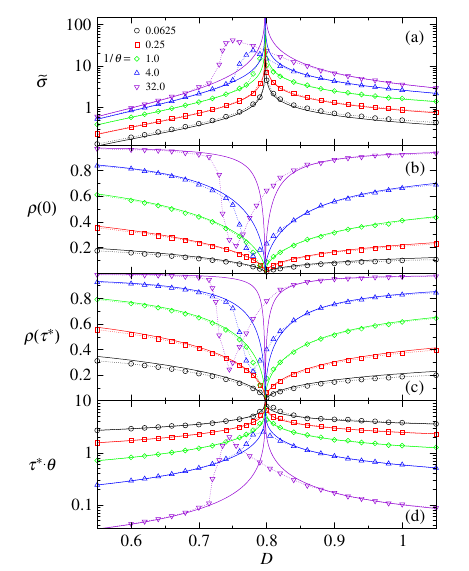Noise-induced volatility of collective dynamics
Georges Harras, Claudio Juan Tessone and Didier Sornette
Physical Review E (2012)
Abstract
Noise - induced volatility refers to a phenomenon of increased level of fluctuations in the collective dynamics of bistable units in the presence of a rapidly varying external signal, and intermediate noise levels. The archetypical signature of this phenomenon is that –beyond the increase in the level of fluctuations– the response of the system becomes uncorrelated with the external driving force, making it different from stochastic resonance. Numerical simulations and an analytical theory of a stochastic dynamical version of the Ising model on regular and random networks demonstrate the ubiquity and robustness of this phenomenon, which is argued to be a possible cause of excess volatility in financial markets, of enhanced effective temperatures in a variety of out - of - equilibriumsystems and of strong selective responses of immune systems of complex biological organisms. Extensive nu - merical simulations are compared with a mean - field theory for different network topologies.

